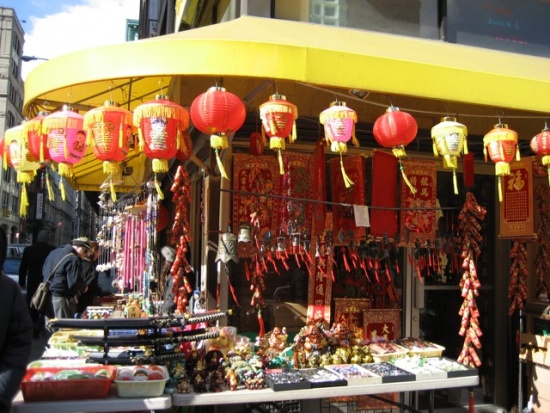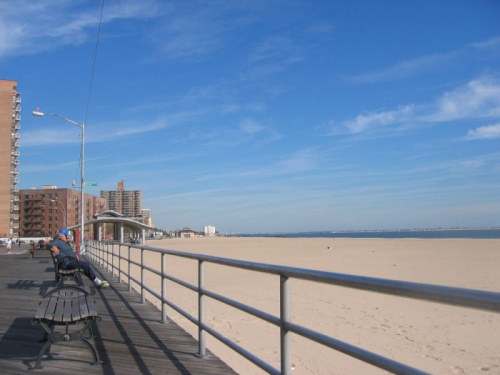About this Site
From Decoding New York
Sociologists are constantly conducting studies and generating theories that attempt to explain the phenomenon of the seemingly relentless immigration to New York City: why—even in a post 9/11 society marked by a generally negative perception of immigrants—do these huddled masses continue to flock here, and what effect do their social adaptations and interactions have on other immigrant groups and the city collectively? We, the students of Dr. Gardner’s Peopling of NYC class, took it upon ourselves to pursue these answers by examining a variety of neighborhoods that appealed to us in their divergent ethnic, economic, and historical backgrounds. As a class, we established a fairly broad range of themes applicable to all the neighborhoods we chose, and in small groups conducted extensive research that involved historical and demographic data, in addition to observations and interviews based on neighborhood visits. By investigating the historical backgrounds, economic trends, and patterns of assimilation that characterize each individual neighborhood, we were able to compose a comparative analysis of communities that are generally perceived as being unrelated.
Upon completing this project, we are left with a thorough understanding of the similarities that exist not only between early and contemporary immigrants, but also of people belonging to different ethnicities, whose adaptations to society are oftentimes shaped by experiences in their native countries, and who are generally united by the primary “push factor” that drives many out of their homelands: economic instability. We realize, now, that although New York is constantly evolving, many of the standards and stereotypes used to define groups, also affected immigrants in the 19th and early 20th centuries. By venturing into these neighborhoods and interviewing many of the residents, we found that although most stereotypes are unsubstantiated, some prejudices do indeed exist and are influenced by race, ethnicity, and gender; many people would only agree to speak with us if we were of their ethnicity and/or spoke their native language fluently. In fact, linguistic barriers were prevalent in a number of the neighborhoods, where the residents could not speak English, or else knew very little English-—an indication of the limited interaction with people outside their communities. While these obstacles at times made us feel like outsiders, we now have a much better understanding of how to approach neighborhoods, have gained a keen awareness to the sensitivity of many communities, and appreciate the necessity of having a thorough knowledge of an area before visiting it.
This assignment has introduced many of us to neighborhoods that we otherwise would not have visited, and given others the opportunity to examine familiar areas with an entirely new perspective. By exploring first-hand the lifestyles of many immigrant groups and drawing parallels between them, we are now closer to understanding the curiosity and magic surrounding this city, a haven that continues to attract millions from around the globe.

